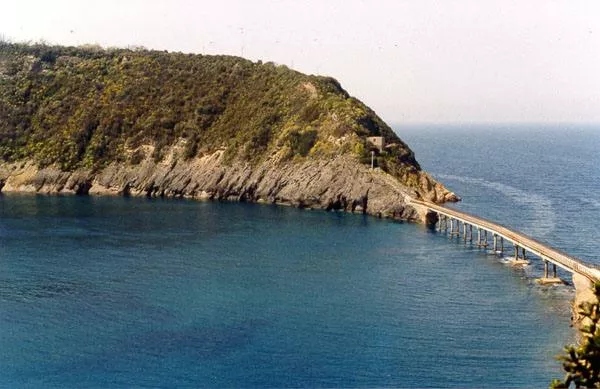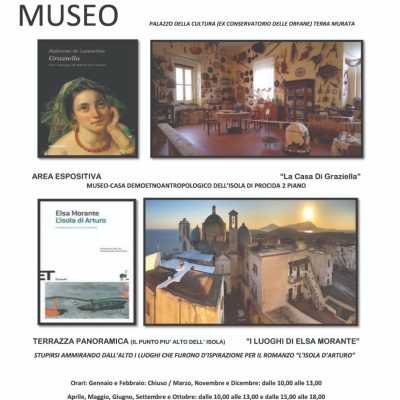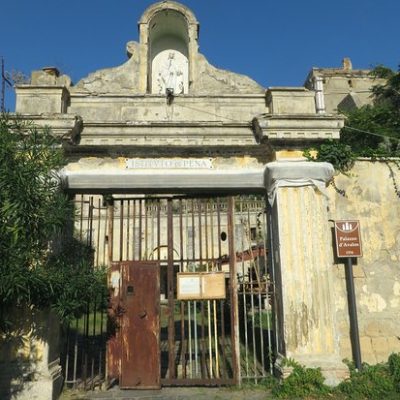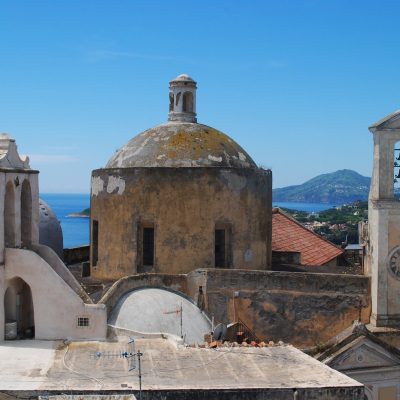Guided excursion of the island of Vivara
The guided excursion of the island of Vivara is only possible by reservation. Vivara is a small uninhabited island connected to Procida by a bridge. The latter can only be walked on freely for approximately 3/4 of its length. The presence of a gate prevents passage.
How to book the guided excursion of Vivara
The guided tour of the island of Vivara can be booked on the official website of the protected reserve of Vivara .
Costs of the ticket for the guided tour of Vivara
- €10 adults
- €3 children up to 12 years
Group discount:
- €6 per person for groups of at least 15 people
- €3 per student for groups of at least 15 people
Free entry for group leaders/teachers (1 group leader for each group of at least 15 people), SEN students (and their support teacher).
The island has a fascinating geological history and formation dating back millions of years, closely linked to the region’s volcanic activity.
The island has a fascinating geological history and formation dating back millions of years, closely linked to the region’s volcanic activity.
Vivara volcanic formation
Just like Procida, Vivara is also the result of intense volcanic processes that characterized the Phlegraean area. About 55,000 years ago, during the Pleistocene, powerful volcanic eruptions in the Campi Flegrei area led to the creation of numerous islands and volcanic structures, including Vivara. The island itself, in fact, is what remains of an ancient volcanic crater. Vivara, observed from above, has a half-moon shape. The crater’s edges have been shaped by erosion and marine activity over millennia. The predominant rocks on the island are tufaceous, the result of the explosive eruptions that characterized the region. In addition to tuff, deposits of volcanic ash and pumice are also found.
Traces of human settlements on Vivara
Currently the island of Vivara is uninhabited, however traces of human settlements have been found since the Bronze Age, around 1800-1400 BC. Archaeological excavations have revealed the presence of ancient dwellings and artefacts, including Mycenaean pottery, which indicate significant human activity, with traces of a culture that thrived on fishing and agriculture. During the Roman period, Vivara was probably used as a holiday resort, as evidenced by the remains of residential structures and hydraulic systems. It is hypothesized that it was also a landing point for merchant ships.
The island remained largely uninhabited in the following centuries, used mainly for grazing and as a hunting reserve by local nobles.
Vivara today
Vivara has been declared a natural reserve, thanks to its ecological importance and the biodiversity it hosts. Today it is a destination of interest for biologists and geologists, who study its natural peculiarities and its geological history. The nature reserve is open to visitors, but access is regulated to protect the environment. Guided tours are available, during which you can admire the unique flora and fauna of the island.
Vivara therefore represents a microcosm of natural and human history, for its geological, historical and naturalistic aspects. There are also many animal and plant species on the island, some of which are rare and protected, such as the herring gull and several endemic plants.




